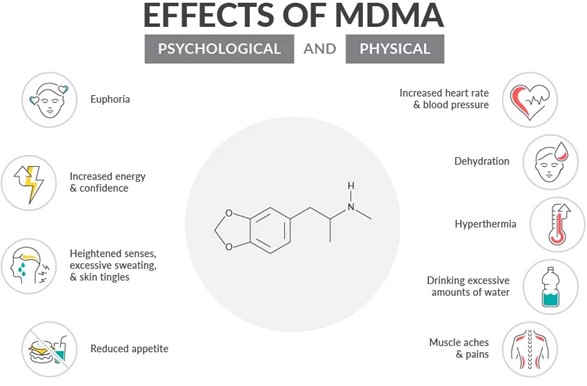A nurse is preparing to administer 5 units of regular insulin and 20 units of NPH insulin to a client who has type 1 diabetes mellitus. Which of the following actions should the nurse take first?
Inject 20 units of air into the vial of NPH insulin.
Inject 5 units of air into the vial of regular insulin.
Withdraw 20 units of NPH insulin from the vial.
Withdraw 5 units of regular insulin from the vial.
The Correct Answer is A
Answer: (A) Inject 20 units of air into the vial of NPH insulin.
Rationale:
A) Inject 20 units of air into the vial of NPH insulin:
Injecting air into the vial of NPH insulin is the first step to prevent creating a vacuum, which could make it difficult to withdraw the insulin later. The nurse must inject the corresponding amount of air for the dose needed, ensuring that the insulin can be withdrawn smoothly and accurately without bubbles, which could affect the dose.
B) Inject 5 units of air into the vial of regular insulin:
Injecting air into the regular insulin vial is also necessary before withdrawing the insulin, but it should be done after injecting air into the NPH vial. This sequence ensures that no NPH insulin contaminates the regular insulin vial when the nurse withdraws the doses later.
C) Withdraw 20 units of NPH insulin from the vial:
Withdrawing NPH insulin should be done after air is injected into both vials and after the regular insulin has been drawn up. This sequence prevents the mixing of the two types of insulin and ensures accurate dosing, which is crucial for maintaining the correct blood glucose levels.
D) Withdraw 5 units of regular insulin from the vial:
Withdrawing regular insulin is critical to do before the NPH insulin to prevent contamination of the regular insulin with NPH, which could alter the onset and peak times of the regular insulin. However, it should follow the steps of injecting air into both vials, starting with the NPH vial.
Nursing Test Bank
Naxlex Comprehensive Predictor Exams
Related Questions
Correct Answer is ["A","B","C"]
Explanation
The correct answers are a. Document urine color, b. Monitor the client for reports of bladder spasms, and
c. Check the drainage tubing for obstructions.
a. Documenting urine color is important to monitor for any changes that may indicate complications or issues with the bladder irrigation. It helps identify any bleeding or clot formation.
b. Monitoring the client for reports of bladder spasms is crucial as bladder spasms can indicate irritation or obstruction in the urinary system. Prompt intervention can be provided to alleviate discomfort and prevent complications.
c. Checking the drainage tubing for obstructions is essential to ensure proper flow of the bladder irrigation solution. Obstructions in the tubing can lead to inadequate irrigation, which can affect the effectiveness of the procedure and potentially lead to complications.
d. Maintaining the client in a left side-lying position is not specifically indicated for continuous bladder irrigation after a transurethral resection of the prostate. The client's position should be based on their comfort and overall condition, and there is no specific requirement for a left side-lying position in this context.
e. Using clean technique for intermitent irrigation is not appropriate for continuous bladder irrigation. Continuous bladder irrigation requires aseptic technique to reduce the risk of infection and contamination.
By performing these actions, the nurse ensures proper monitoring, documentation, and maintenance of the bladder irrigation system, promoting the client's safety and well-being.

Correct Answer is C
Explanation
MDMA, commonly known as ecstasy or Molly, is a stimulant drug that affects the central nervous system. It primarily acts on serotonin, dopamine, and norepinephrine neurotransmitters. The use of MDMA can lead to altered perception, increased sensory awareness, and hallucinations. Hallucinations may involve visual, auditory, or tactile sensations that are not based on reality.
The other findings mentioned—hypothermia (abnormally low body temperature), somnolence (excessive sleepiness), and muscle weakness—are not typically associated with MDMA use. Instead, MDMA use may lead to increased body temperature (hyperthermia), increased energy levels, agitation, increased heart rate, and muscle tension.

Whether you are a student looking to ace your exams or a practicing nurse seeking to enhance your expertise , our nursing education contents will empower you with the confidence and competence to make a difference in the lives of patients and become a respected leader in the healthcare field.
Visit Naxlex, invest in your future and unlock endless possibilities with our unparalleled nursing education contents today
Report Wrong Answer on the Current Question
Do you disagree with the answer? If yes, what is your expected answer? Explain.
Kindly be descriptive with the issue you are facing.
